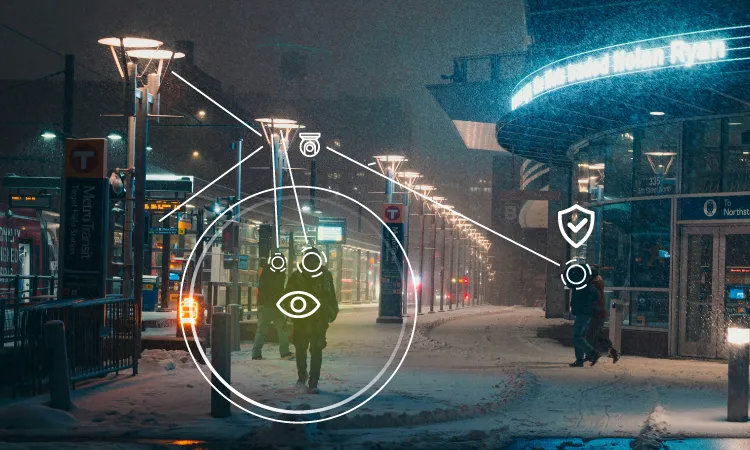Shining a Light on Safety
Street lighting has long been a fundamental feature of urban infrastructure, but beyond guiding nighttime navigation and enhancing the aesthetic appeal of our cities, it plays a pivotal role in ensuring public safety. The correlation between well-lit streets and crime reduction has been the focus of much research, with evidence across the globe highlighting the efficacy of illumination in creating safer communities. This article explores these findings and dissects the factors that make street lighting a potent crime deterrent.

